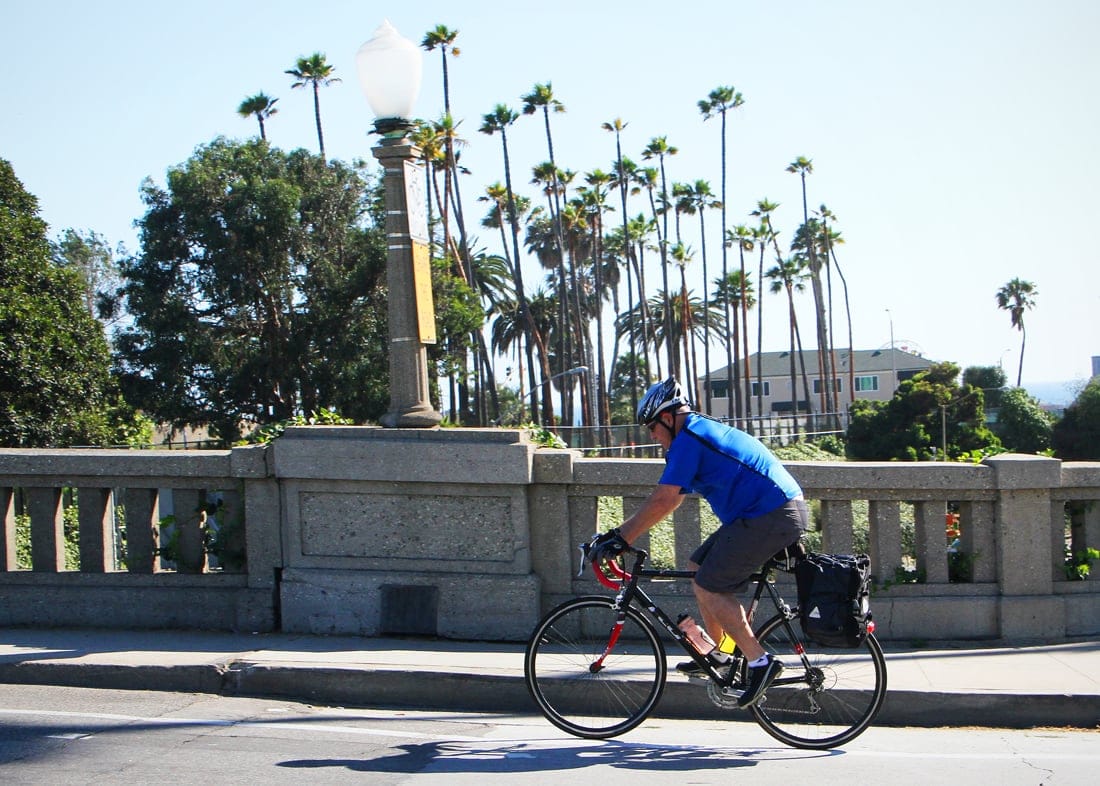
DOWNTOWN — What would you do with another $1,102 in your pocket?
That's how much the typical city commuter could save if they turned their backs on solo car trips and turned to carpooling, according to a report by the Natural Resources Defense Council that examined the economics of commuting.
That chunk of change is one of the more extreme — and consequently lucrative — examples of commute change in the report, which also runs down more manageable alterations in travel patterns that result in less cash out of hand and a range of other positive benefits, like less traffic, better road conditions and reduced greenhouse gas emissions.
Researchers found that carpooling tended to offer the greatest amount of savings across four different kinds of commuters, followed by increasing the use of public transit by eight trips a month and moving 25 percent closer to work.
The relative position of those two options changed depending on the kind of commuter in question, be they traveling in an urban environment, a suburban setting, a rural area or a "non-commuter," meaning they do not work outside the home.
"Basically, the report is about choice," said Jessica Lass, a spokesperson for the NRDC in Santa Monica. "You don't have to drive every day. There are other options like taking the bus, and (the Exposition Light Rail line) is branching out on the Westside."
Driving provides flexibility for the individual, but it's a costly benefit.
Americans have tallied up 3 trillion miles of driving each year for the past decade, a habit that accounts for 20 percent of all greenhouse gas emissions in the country, according to the U.S. Department of Energy.
City commuters, who live in highly urban areas served by mass transit, shell out $2,180 for the privilege. That jumps up to $3,347 for a suburban driver and a whopping $4,272 for rural and town commuters.
Non-commuters still see expenditures — $1,857 goes to gas and operating costs, assuming $3.50 per gallon of gas and 12.5 cents per mile of wear and tear on the car.
Embracing alternative forms of transportation or even planning trips to the store around other such errands — a practice called "trip chaining" — can have a dramatic impact, according to the report.
Increasing transit use adds up to an 80 percent reduction in travel for the days the commuter gets out of the car, and trip chaining can mean a 75 percent reduction in non-work travel.
For her own part, Lass bikes roughly 3.5 miles to the NRDC office in Downtown every day, with occasional bus rides on days that she has to carry something heavy.
She has a car, but cutting out unnecessary driving saves at least $100 per month, Lass estimated.
"No one wants to sit in traffic and watch their gas gauge go farther and farther down," Lass said.
Before commuters can change their habits, the infrastructure to get them from point A to point B has to be in place. Santa Monica public officials have been laying the groundwork by adding miles of new bicycle lanes, working to connect the Big Blue Bus to other transit options and even paying out cold, hard cash to convince people to at least try carpooling.
Many people don't even realize how much they're paying for the privilege of owning a car, said Jacquilyne Brooks de Camarillo, the transportation management coordinator with City Hall.
"They pay for their insurance, oil, and tire changes, but they pay for it as they go, and they don't realize the amount of money that it costs them," Brooks de Camarillo said. "Once we started pointing that out, people were shocked at how much money they spend to commute."
Officials decided to begin their efforts in the Bergamot Arts Center area. They provided employers and employees with information about alternate commuting practices and the promise of an initial $100 subsidy to start "green" commuting full time.
Those who wanted a part-time switch could get $25.
The program has been successful, Brooks de Camarillo said, and she plans to replicate it Downtown.
City Hall already has a number of commuter programs available for its employees, including transit, van pool and commuter clubs that try to get public employees onto bus or rail, into shared ride vans or setting up their own carpooling arrangements.
If public policies like those enshrined in the 2010 Land Use and Circulation Element aim to get residents and others out of their cars, the roughly 2,500 city employees need to do the same, said Mayor Pam O'Connor.
"We're not just talking the talk, we're walking the walk," O'Connor said.
Santa Monica's naturally mild climate and flat geography make it perfect to get out of single-passenger vehicles, she said.
"It's part of the culture of this city to be multimodal," O'Connor said.
ashley@www.smdp.com

